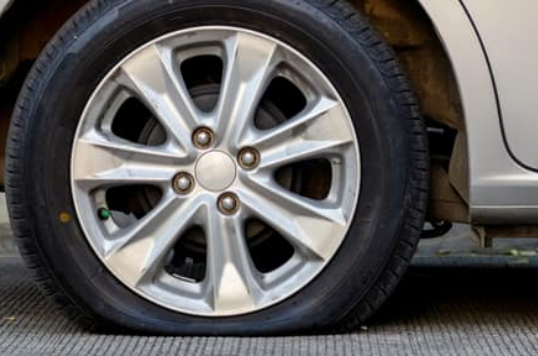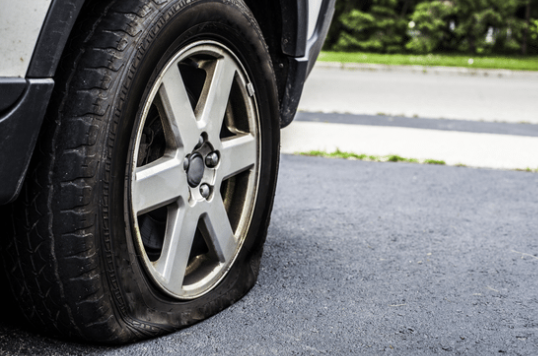
Flat Tire |Causes & Solution|
"You're experiencing awful flat tires, it could be caused by any of a number of factors."
If you're experiencing awful flat tires, it could be caused by any of a number of factors. The cause of the problem will determine the solution for your flat tires.
Let’s have a quick look:
Nail, Screw, or Puncture Wound
You may observe that most road debris ends up on the street's sides. If your tire gets close to the edge of the road or pulls over to the side, it can easily find the nails, screws, and other hazards that have been thrown around.
These risks are not only more numerous on the side of the road, but they also do not always lay as flat as they would on a level road. As a result, a flat tire on your car is a common occurrence.
Solution: The remedy is simple and quick: tire patch repair. First, you must find the puncture wound and confirm that this is the problem with your tires.
Then you must remove the nail, patch the tire, and refill your tires.
Low Tire Pressure
A flat tire can induce low tire pressure, but it can also cause flat tires that would otherwise be acceptable. To function effectively and retain internal structure, your tires must be refilled on a regular basis.
You risk producing a major flat if you go for extended periods of time without refilling your tires or if you do not swiftly repair a punctured tire.
When you drive with low tire pressure, a larger portion of your tire's surface area contacts the ground.
It also weakens and can harm your tires inside, making you more subject to flats as your sidewall wears away.
Solution: Maintaining correct tire pressure is critical for avoiding this type of flat tire.
Overinflation
Flat tires can also be caused by overinflation. Overinflated tires not only reduce vehicle performance but can also cause serious damage.
When your tires are overinflated, they will wear unevenly and experience higher internal pressure.
Solution: Use a gauge when refilling your tires and do not exceed the recommended pressure levels.
Also Read:
realme 9 series launched in Nepal
Daraz Announces Proudly Nepali Initiative; Key Focus in Promoting Local Brands
Electric Scooters with the Long-Range in Nepal
Nepal's most affordable bikes with the best mileage
Jeep Meridian 7-seater SUV launched in India





